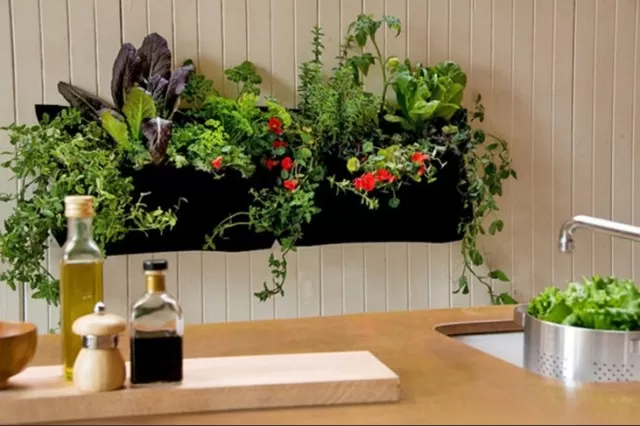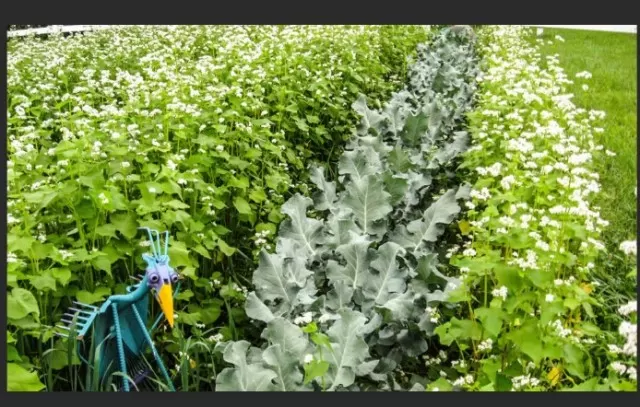Essential Tasks for Winterizing Your Vegetable Garden. As winter approaches, it’s crucial not to overlook the care of your Vegetable Garden. After months of tending to your plants and reaping the rewards in spring, summer, and fall, it’s essential to ensure that your garden is well-prepared for the colder months. Neglecting winterization can have adverse effects on your garden, which can influence the success of future growing seasons.
One of the primary concerns is the potential damage to frost and cold-sensitive plants. Without proper protection, these delicate plants may not survive the harsh winter conditions, leading to a loss of crops in the next growing season. Additionally, the arrival of winter can create ideal conditions for certain insect populations to thrive, as the absence of natural predators can allow them to multiply unchecked. This can result in a higher insect population when spring arrives, potentially causing damage to your plants.
Furthermore, winter can take a toll on the soil in your garden. Soil erosion and compaction can occur due to harsh weather conditions and inadequate care. These issues can negatively affect the overall health of your garden and hinder future growth.
To prevent these problems, it’s important to take a few proactive steps before winter sets in. These tasks may include protecting delicate plants with coverings, removing debris and dead plant material, adding a layer of mulch to insulate the soil, and ensuring proper drainage to prevent soil erosion.
By winterizing your vegetable garden, you not only protect your current investments but also lay the groundwork for a successful and productive growing season in the future. This proactive approach ensures that your garden remains healthy, vibrant, and ready to provide you with another year of delicious, homegrown vegetables when spring arrives.
Enhancing Your Vegetable Garden: Incorporate Compost for Winter Preparations

The advantages of introducing compost to your vegetable garden prior to the winter season are manifold.
This practice not only enhances drainage in dense soils but also boosts water retention in soils that drain quickly. Additionally, compost enriches the soil with a diverse range of nutrients over an extended period, leading to overall improvements in plant health.
As gardening expert Meyers recommends, consider applying approximately 1 inch of compost to your garden in the autumn. This strategic timing allows the compost to decompose and further enhance your soil quality throughout the winter months, setting the stage for a flourishing garden come spring.
Planting a Protective Blanket: The Benefits of Sowing Cover Crops

Meyers highlights the substantial advantages of incorporating cover crops into your garden, particularly for safeguarding the soil during the winter and enriching it with essential nutrients and organic material.
However, timing is crucial, and it’s imperative to allow your cover crop to establish itself before the initial frost sets in. An exemplary choice for a cover crop is crimson clover, a rapid-growing plant that efficiently blankets the soil, helping to mitigate stormwater runoff.
Notably, this leguminous crop, like its counterparts, collaborates with soil bacteria to enhance soil nitrogen levels. Furthermore, crimson clover thrives in various light conditions, making it a versatile addition to your garden.
Preparing Container Vegetable Plants for Winter: A Range of Options

When it comes to winterizing your container vegetable plants, there are several strategies to consider.
For hardy perennial plants that are well-suited to your local climate, one approach is to bury the container in an empty section of your garden and insulate the area around the roots. This can be achieved by using materials like bags of leaves, soil, mulch, or bales of hay, as suggested by Myers.
Alternatively, you can store these perennials in an unheated garage, providing a degree of insulation around the pot. Remember to water them when the soil has thawed and is dry to maintain their health.
As for annual container plants, they should be relocated indoors once the temperatures drop to a level that could damage them.
When the weather warms up, you can transfer them back outside. For those interested in experimenting with a different approach, Myers recommends cultivating them as indoor houseplants in a sunny window or under artificial grow lights.
While leafy greens are the most straightforward to grow indoors, many gardeners have successfully moved peppers and tomatoes indoors for an extended harvest, thus expanding the possibilities for fresh homegrown produce even during the colder months.
*The information is for reference only.